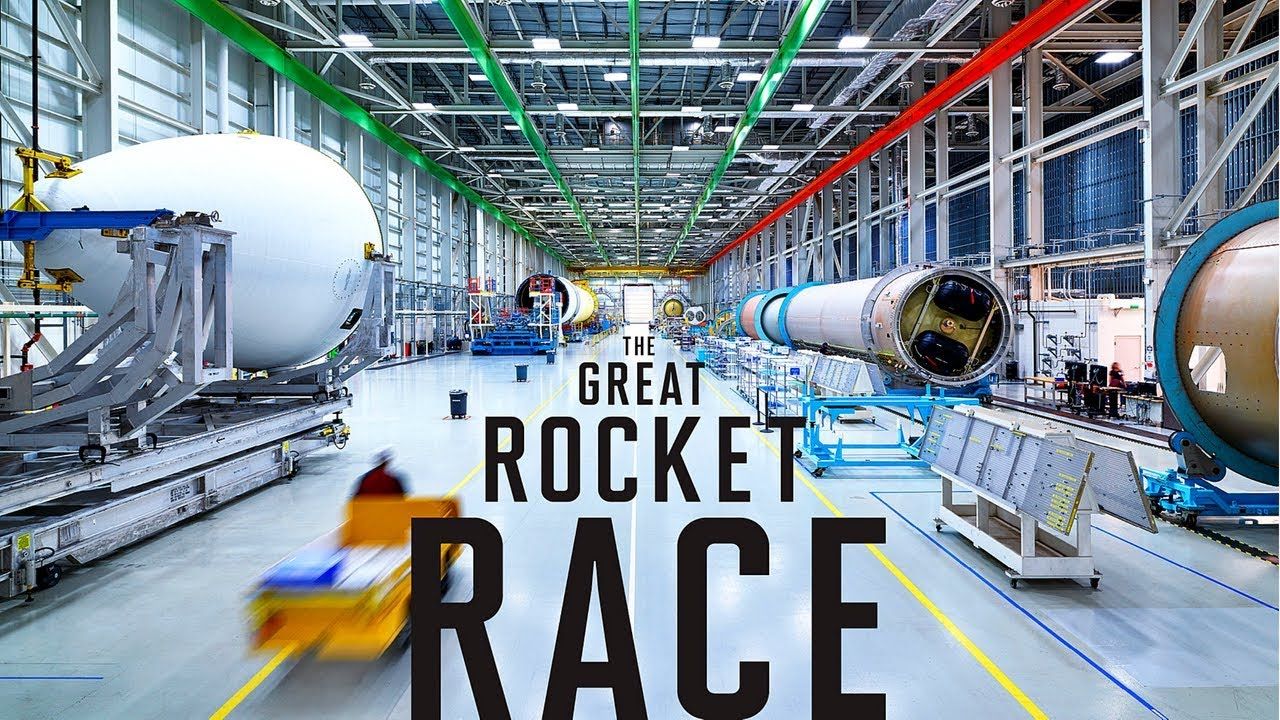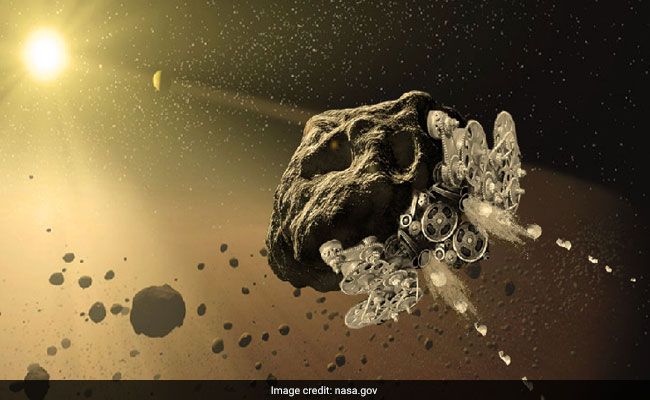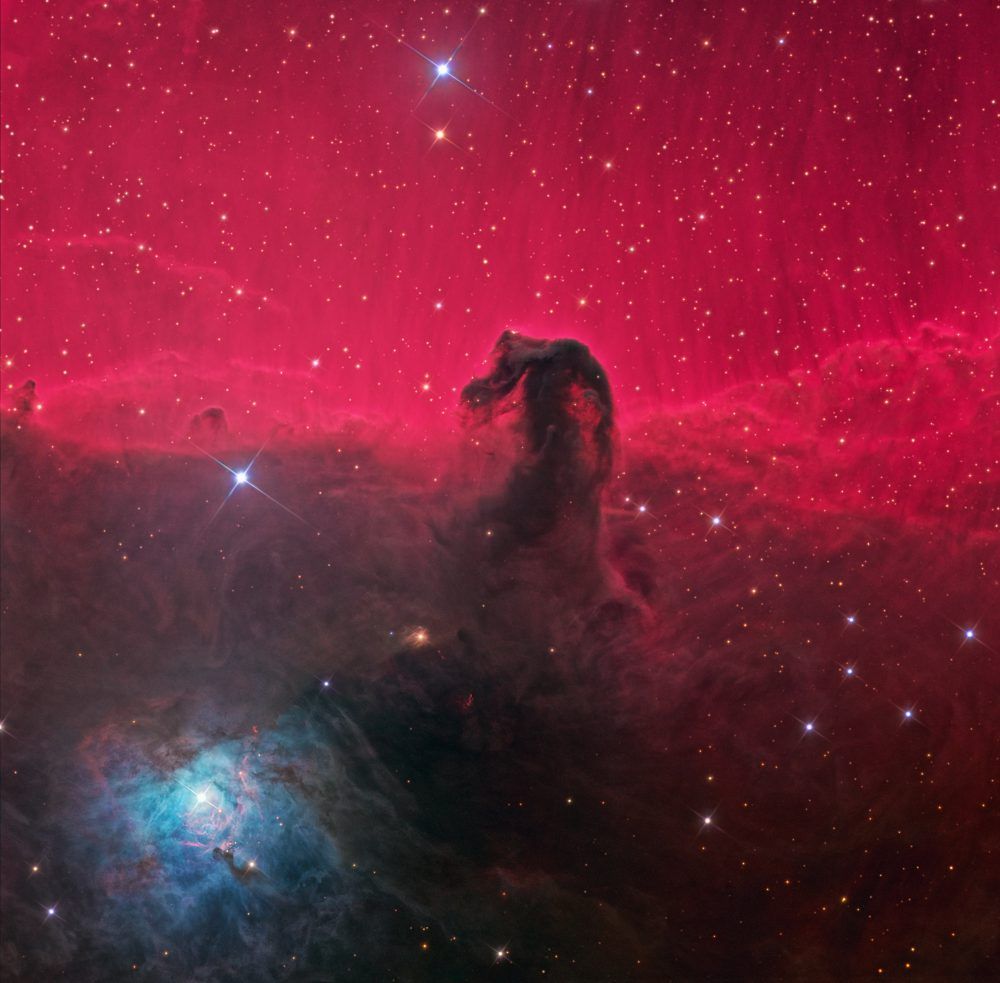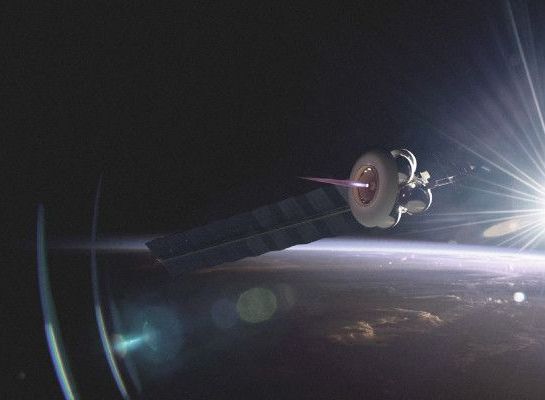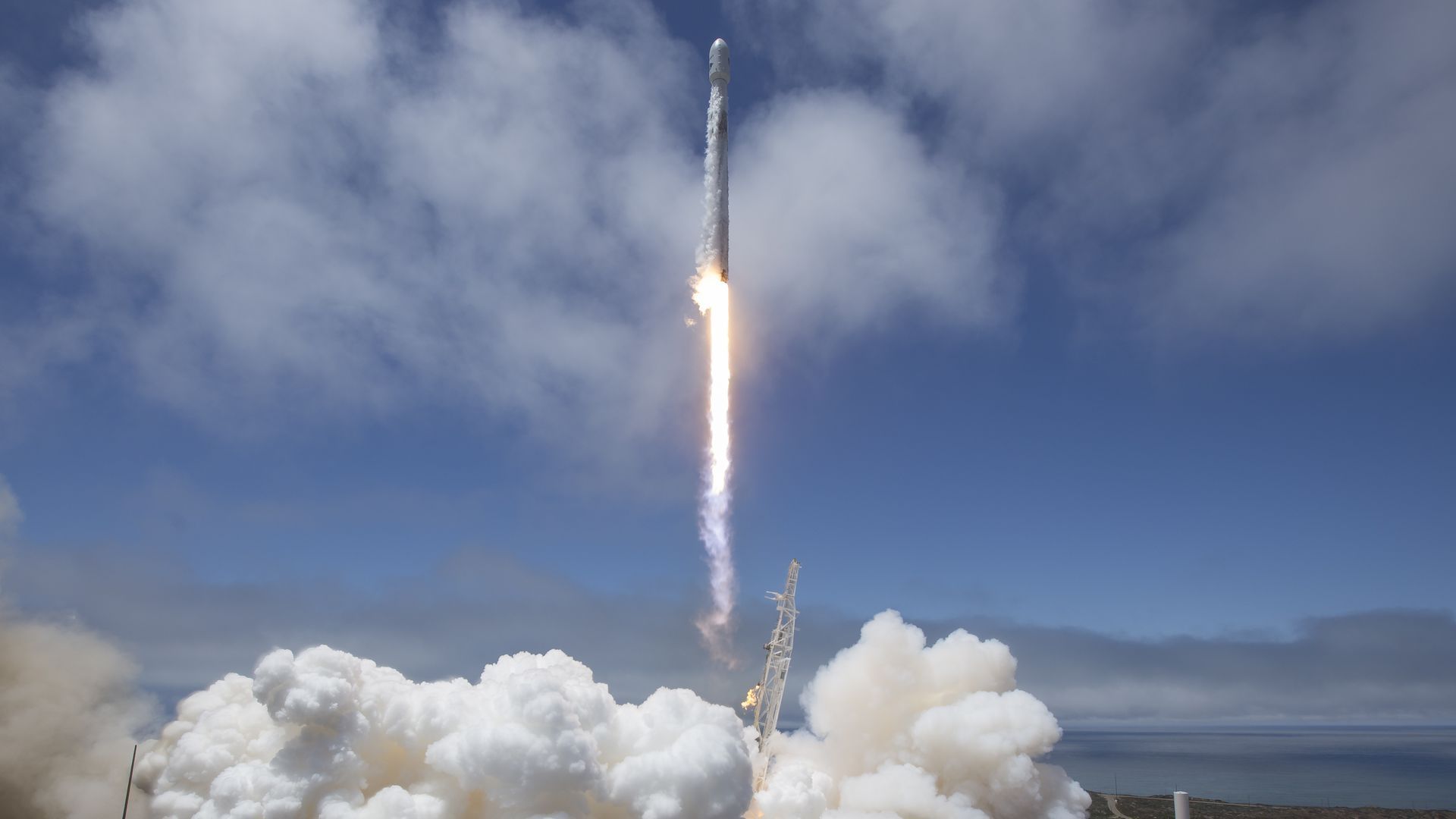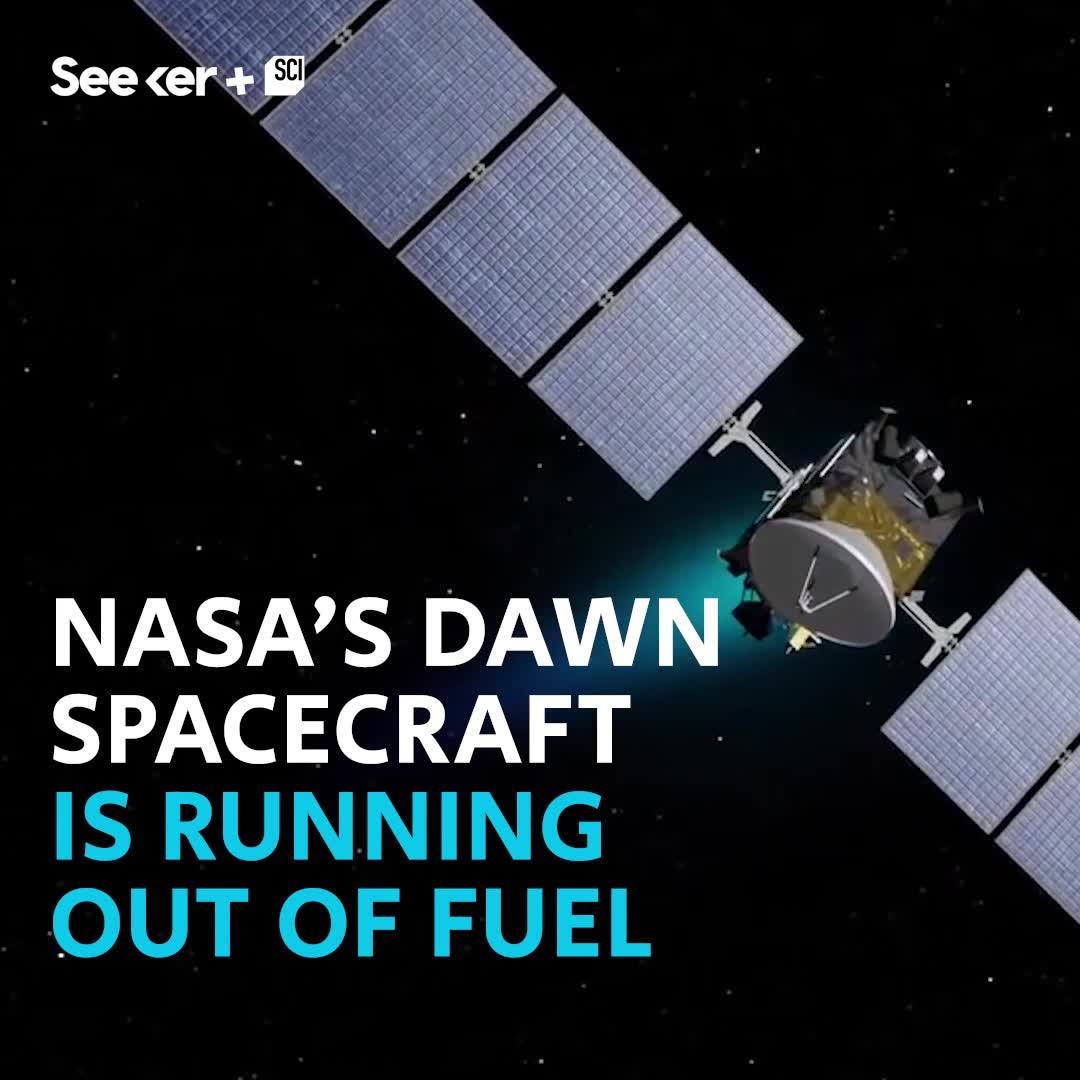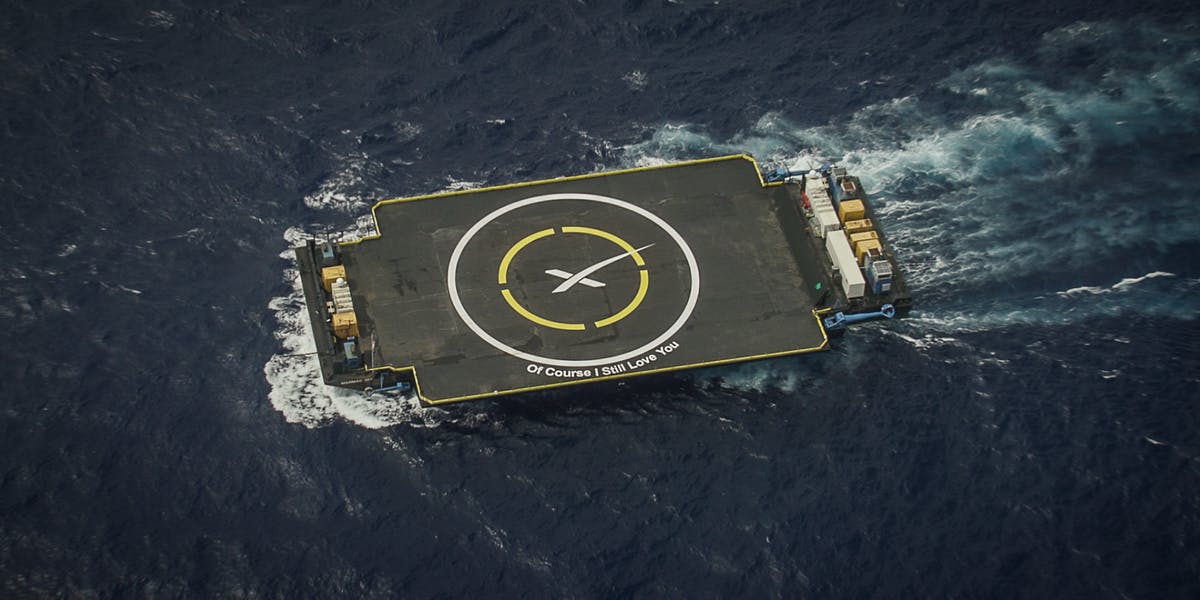A very nice summary on everyone in the new space race.
Just a few months ago, SpaceX’s Falcon Heavy created History by not only sending a car to Outer Space but also landing the Boosters with Pin point accuracy. It may seem that the Future of Space Race will be dominated by SpaceX, or is it?
In this video we look into the Competitors of SpaceX, some of whom have great plans to take on SpaceX, by launching reusable rockets like Jeff Bezos’s Blue origin or by simple efficient and low cost manufacturing process as implemented by India, whose low cost seems to have baffled even the experts.
We look at different countries from Arianne Group (EU) to China and India, and also different companies like Blue origin, ULA, Virgin Orbit, who may give SpaceX the run for the buck in this new era of Space Race.
““““““““““““““““““““““““““““““““““““““““““““““““
Follow us:
https://www.facebook.com/guypreneur/
https://www.facebook.com/divisionstartup
Tweets by guypreneur
https://www.instagram.com/startup_division
““““““““““““““““““““““““““““““““““““““““““““““““
Some of our other popular videos:
Be sure to check out our other Popular videos :
1)https://youtu.be/BXVmBHNWOOs — Berkshire Hathaway — How it became a Conglomerate.
